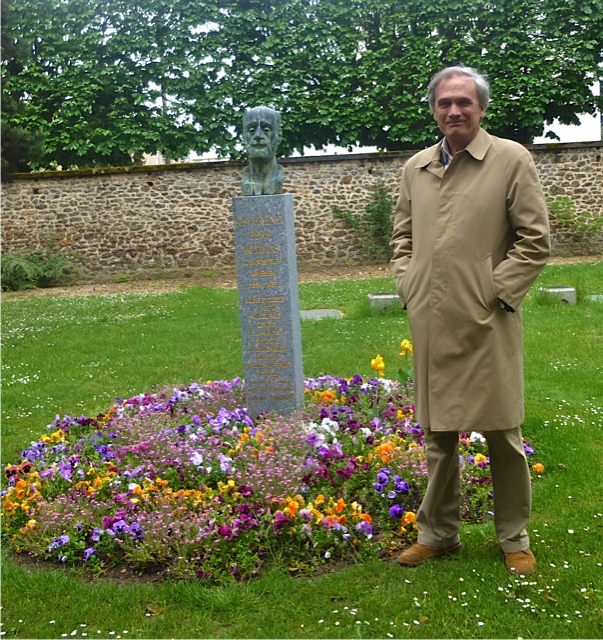
MICHEL CAIRE
PhD in Medicine, PhD in History at the Ecole Pratique des Hautes Etudes (Paris-Sorbonne), Hospital Psychiatric, Head of the Medical Information Department at the Maison-Blanche Hospital Center (Paris).
ABOUT THE PSYCHIATRIC HOSPITAL STAYS OF FATHER KOMITAS
The authors present a study on the days Father Komitas’s spent in France, first in the Special Health Facility in Ville-Evrard and afterwards in the public asylum of Villejuif from April 6, 1919 to October 21, 1935, the date of his death.
The study is based on the analysis of the content of Father Komitas’s medical records, which today are fully accessible to the public with full rights. This research study recounts Father Komitas’s long journey within the asylum world during the inter-war period and addresses the issues around his disease, his medical care, and his living conditions.
Father Komitas’s mental disorders are evidenced by many doctors (the complete list of doctors is now available), who had taken care of him or who had examined him punctually and by his relatives. None of his relatives seem to have questioned the grounds for his detention. Father Komitas himself does not appear to have asked for his release.
The treatments, rather limited at that time, had little effect on his disorders and the prolonged detention probably made them even worse. However, Father Komitas wasn’t treated like the other mental patients, due to the continued presence of the Armenian community at his side, and the frequent visits of his friends and admirers, which maintained the connection with the outer world.
The intervention by the “Father Komitas’s Friends Committee” and the Administration influenced and galvanized his medical care and improved his daily life. This Committee paid the price of his stay, particularly high in Ville-Evrard, and prevented the transfer of Father Komitas to a provincial asylum. However, they did not manage to transfer him to a more appropriate facility in Switzerland, Austria, in Constantinople or “in his country”. In Ville-Evrard as well as in Villejuif, Father Komitas received various benefits such as a single room overlooking a garden and the permission to wear his cassock. In 1932 he was admitted to a new house, where he received special care necessitated by somatic disorders that the treatments of that time could not cure.